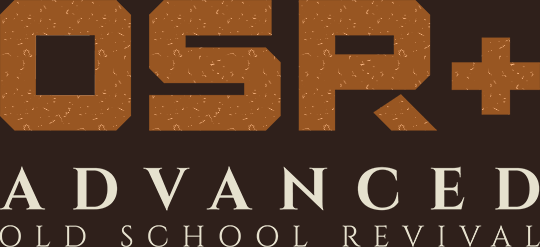If you can cast spells as part of your class (you are a Mage, Psychic, or Cleric), then you're also able to naturally detect magic in the area of effect. All spellcasters have this ability. You need only study an area of effect to perceive the aura generated by magic.
Magical Auras
Magical auras emanate from magical objects or creatures and mundane objects that are subject to magical effects (such as spells with an ongoing duration, or other permanent enchantments). They also persist in areas subject to magical effects: for example, a room subject to a Circle of Binding may leave a temporary magical residue that's visible to spellcasters, even after the spell ends.
Reading Magical Auras
When you concentrate on a magical aura for a single round, you get a sense of its intensity and type. The intensity of a magical aura is usually an indication of the power of its creator (e.g., "weaker," "stronger" or "equal” in power to you, etc), and its type indicates what sort of magic was used to create it (sorcery, psionics, or thaumaturgy).
Clerics can also discern "evil" within a magical aura, with additional focus. Evil here is defined as any ethos diametrically opposed to that of the cleric.
In the same way, Psychics can detect sentience (the presence of a thinking mind) within magical auras.
The longer the spellcaster concentrates on the magical aura, the more details about the magic may be revealed (such as the spell’s school of magic, for example). The GM may allow a spell check to ascertain further detail, but such detail may be impossible to discern without using spells expressly designed for this purpose, like Aura Analysis or Magic Distillation.
 Archetypes
Archetypes Armor
Armor Classes
Classes Conflicts
Conflicts Cultures
Cultures Ethos
Ethos Flaws
Flaws Glossary
Glossary Kits
Kits Maleficence
Maleficence Origins
Origins Shields
Shields Skills
Skills Spells
Spells Stances
Stances Status Effects
Status Effects Tactics
Tactics Talents
Talents Techniques
Techniques Treasure
Treasure Weapons
Weapons











 Hall of Heroes
Hall of Heroes Hall of Legends
Hall of Legends



 Dungeons & Flagons
Dungeons & Flagons